YOU have to read a little way down the press release announcing a radical broadcast deal for Australian professional football to get to one of its most interesting points.
As part of the five-year tie-up between the Australian Professional Leagues and US giant VIACOM CBS, the latter has acquired a minor stake in the former – becoming a shareholder as well as a partner.
It might seem an insignificant point, but culturally it is anything but. It positions the A-League and Westfield W-League with a broadcast giant that has a vested interest in promoting the competitions, in building an audience and sharing in their growth.
The fact it is with the Ten Network magnifies that, because this is a broadcaster with form. The exponential growth of the Big Bash came when Ten invested heavily in the quality and the innovation of its coverage, putting it centre stage and using the whole of its network to tell the story to a younger, more family-based audience. Now attention turns to a sport whose audience is already younger than its rivals, and which is already played by almost 2m Australians. The potential for growth is huge.
Having a broadcast partner that has literally bought into the leagues, that wants to celebrate them and build primetime programming around football, is one of several factors that make today’s announcement genuinely a radical departure in Australia’s congested and competitive marketplace for sports broadcasting.
APL will from next season produce its own “product” – that’s the A-League and Westfield W-League games, plus myriad features and news around them – and package it appropriately, in readiness for distribution via the commercial stature of the Ten Network and on Australia’s newest streaming channel. Before the start of the new season, some of that content will also be central to a new digital platform that APL promises will become the Australian home of football content.
Channel Ten, meanwhile, is going to turn Saturday nights into “football night”.
As a statement of intent by the clubs who now control the leagues, this is the sort of development that can jumpstart interest in and consumption of Australian professional football. For several years, the headlines were dominated by the question of who should control the game; but then this year, football has returned to be the focus, thanks to some thrilling games, a uniquely tight season and a bunch of exciting young kids.
This season, in other words, the “product” has been front and centre, and now APL’s partnership with VIACOM CBS promises to take that product directly to a potentially wider audience than ever before next season. It is happenstance that the clubs have taken over just at a point where new technology is transforming the ability to broadcast live sport; but it is entirely by design that the same clubs have secured the necessary investment and commercial partners to actually seize that opportunity.
It’s also reflective of football’s position as a disruptor in the marketplace, able to avoid the “innovation dilemma” that is inherent for sports (and companies) who are entirely comfortable with the status quo. Football has had to find a new way of doing things, and has embraced the newest way.
The plans in the background are momentous, in the way they aim to deliver quality Australian football to any consumer in the way and at the point that consumer wants it. The corollary of the fragmentation of demand among consumers about how they will choose to consume their sport (or any kind of entertainment) is that companies delivering that entertainment have to be able to tailor it just so.
The model has been turned on its head. Instead of one-off water-cooler moments delivered by a single broadcaster, the future of sport consumption through a screen is via engagement and interest on multiple levels. Australian football has been itching to tell its back catalogue of rich stories for many years, but now it can begin to do so.





